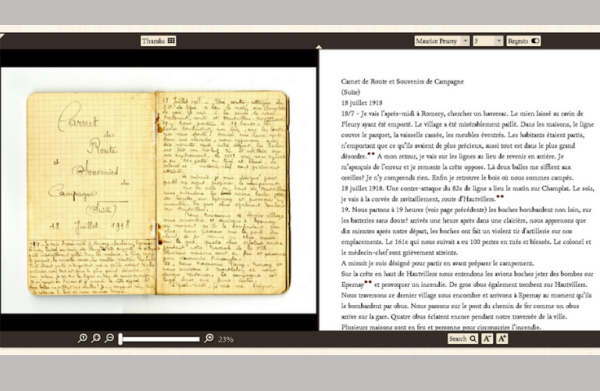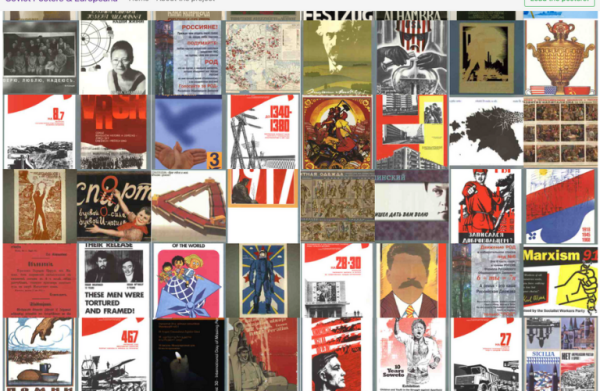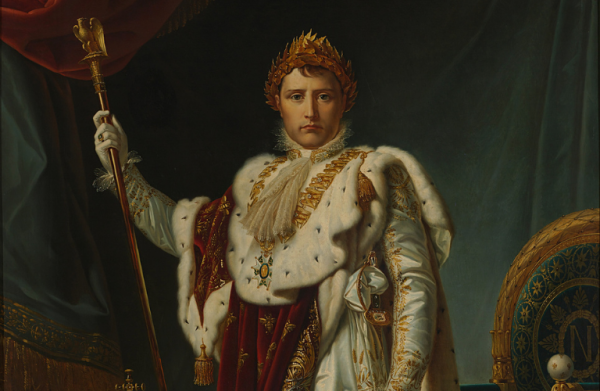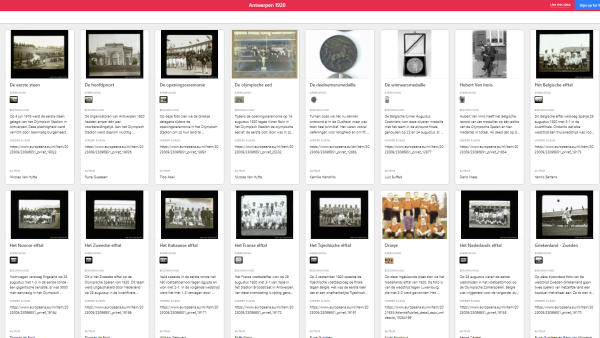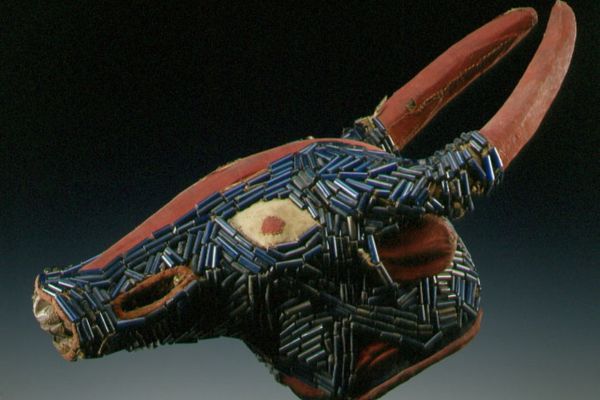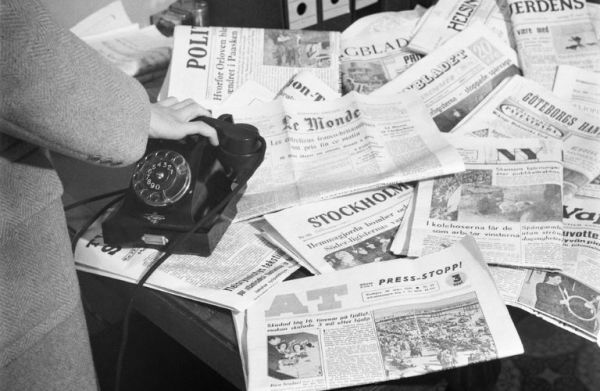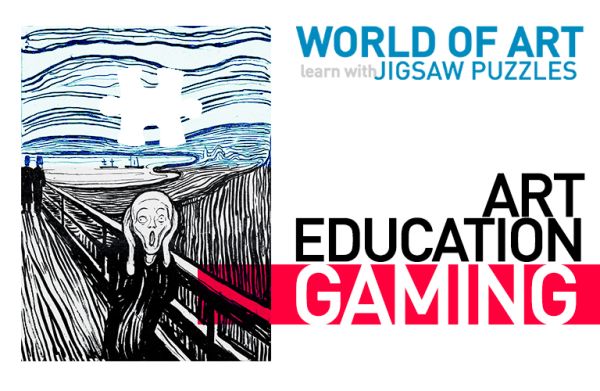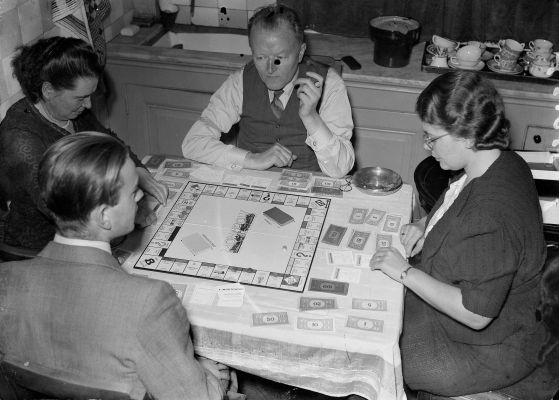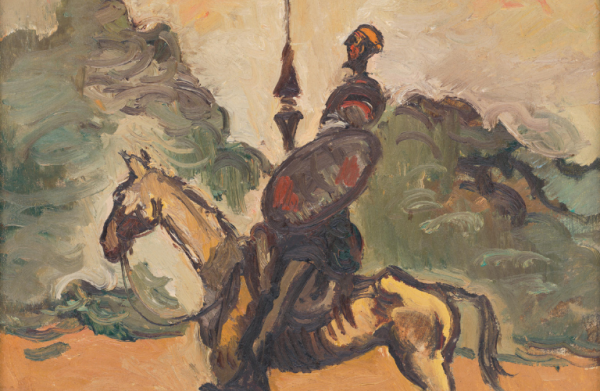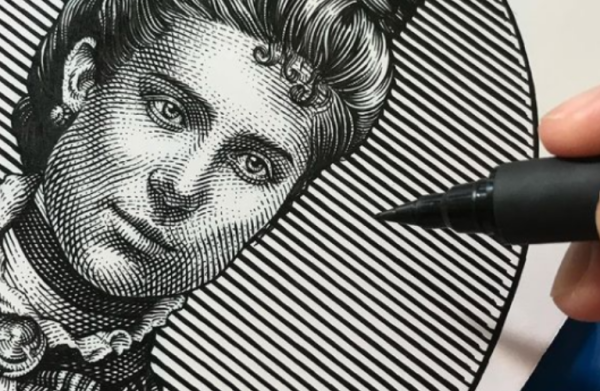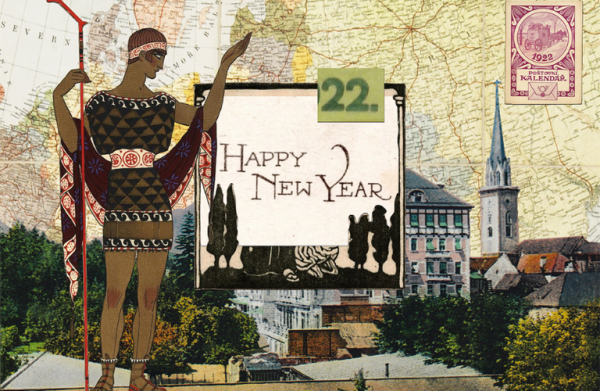Educators, researchers, culture lovers and creatives enjoy and reuse Europeana’s digital cultural heritage to reach their own goals. Be inspired by the innovative ways they are enriching educational resources, opening up new areas of research, or creating new art, games and entertainments.
Europeana, Minecraft & Mozilla Hubs by Emma Abbate / Connecting Formal and Informal Education with Digital Cutlural Heritage, August 2020, CC BY-SA
‘I use Europeana as part of a gamified approach to digital archives that enhances creativity in the classroom. Students collect material on Europeana and use it to solve a problem and complete a challenge in the virtual world on Minecraft or in the augmented virtual reality of Mozilla Hubs.’
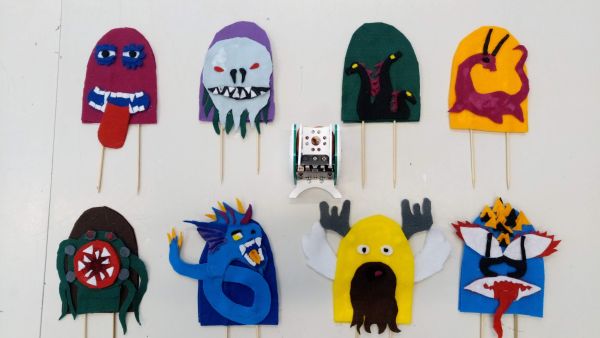
'Felt monsters', Augmented Age of Inventions and Discoveries, Oulunkylän yhteiskoulu, Finland, 2019, CC BY-SA
Our pupils used Europeana’s collections to inspire the design of some robotic sea monsters, as part of an Erasmus+ project for secondary schools called Augmented Age of Inventions. The results are truly original - far from the mainstream manga style that normally influences their art.
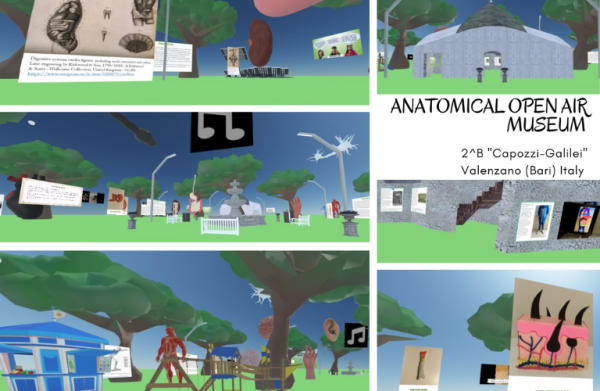
Anatomical Open Air Museum, Luigia Palumbo, Italy, 2021, CC BY-SA
I use Europeana to find science resources. My students research anatomical models, ancient drawings and digitised documents as elements of innovative projects focused on Augmented Reality and Virtual Reality. Mixing Europeana resources and AR or VR enhances student motivation, emotional involvement and promotes active learning and problem-solving skills.
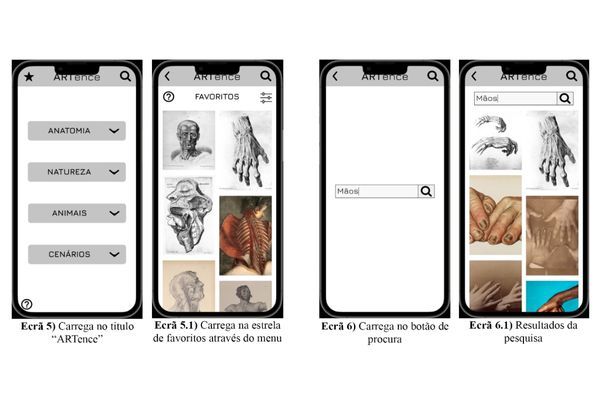
A screen set from Artence (by the students Cátia da Costa Pereira, Marco André Ribeiro Braga, Pedro Duarte Ferreira de Matos Bexiga), 2022, CC BY-SA
My students of the Interactive Media Design course used Europeana as the theme for their Interaction Design projects: to design a mobile application that makes use of Europeana's content. The resulting prototypes are inspiring and range from games to educational apps.
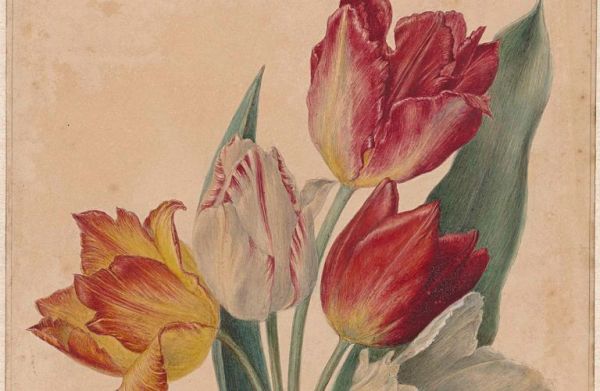
Bouquet of Tulips - Rijksmuseum, Netherlands - Public Domain. Exemplifying educational resources by Aglaia Ruffino Jalles on the importance of tulips to trade in the Netherlands.
Europeana is a great source of material for my language classes. I use Europeana sources to make my language classes and practice exercises more interesting and rich. I use the texts and images from Europeana to start discussions in class and to work on language knowledge in general with my students.

